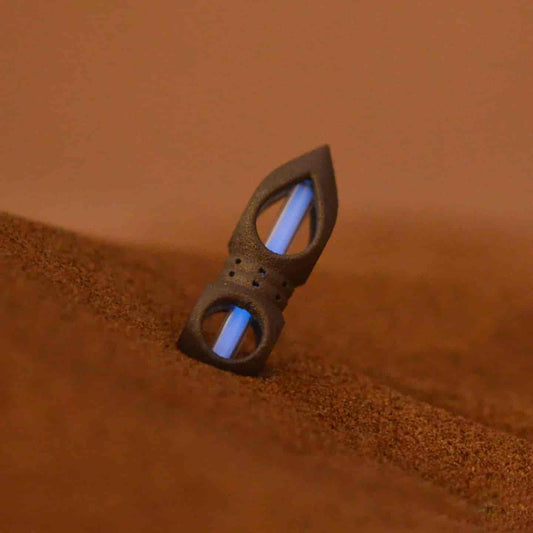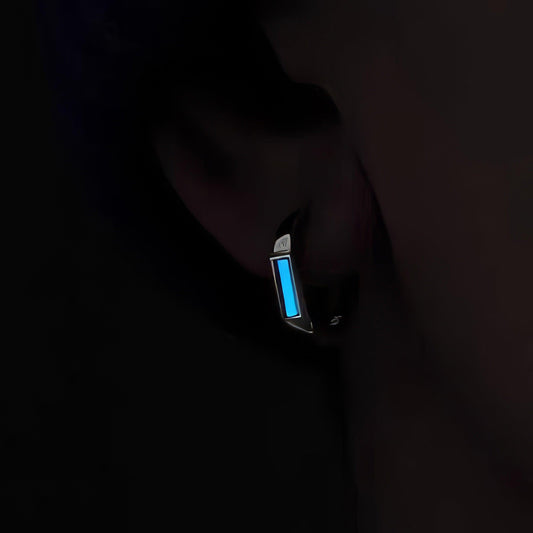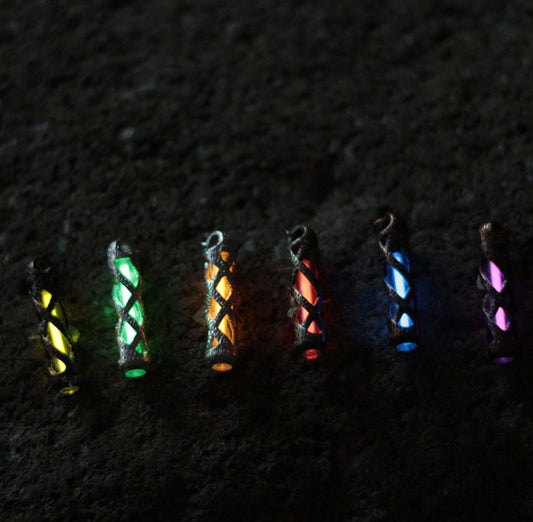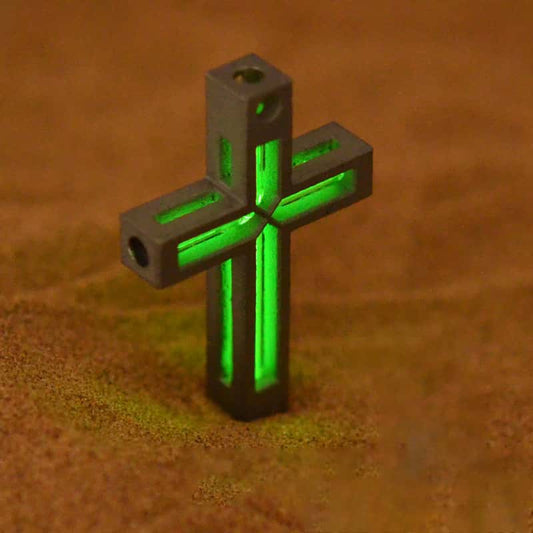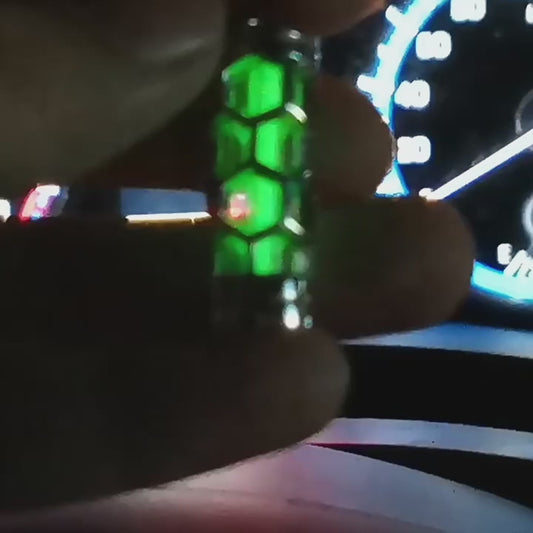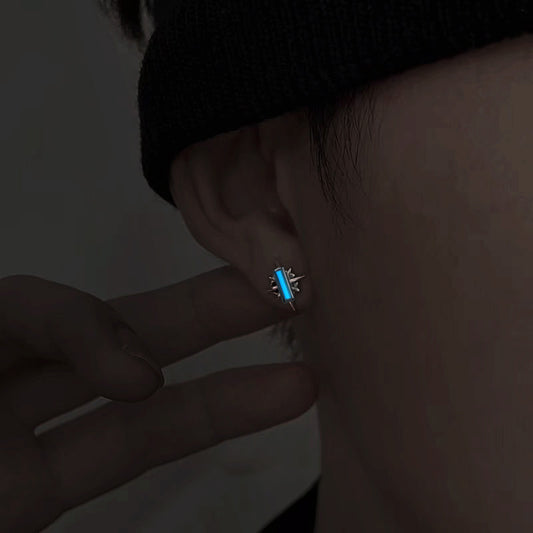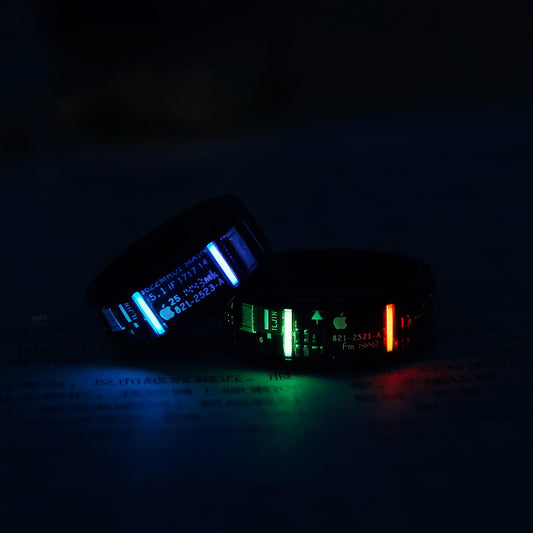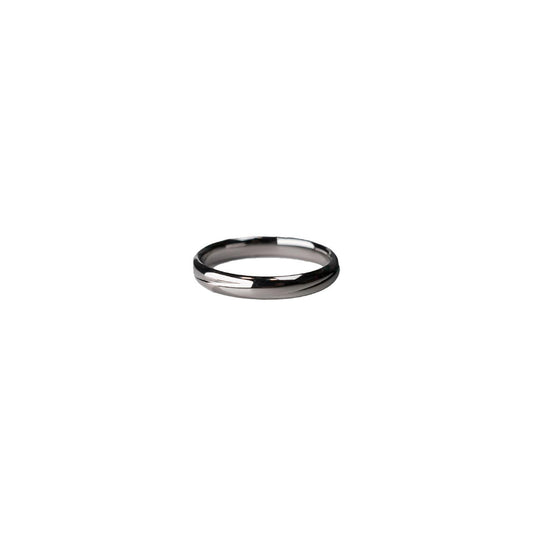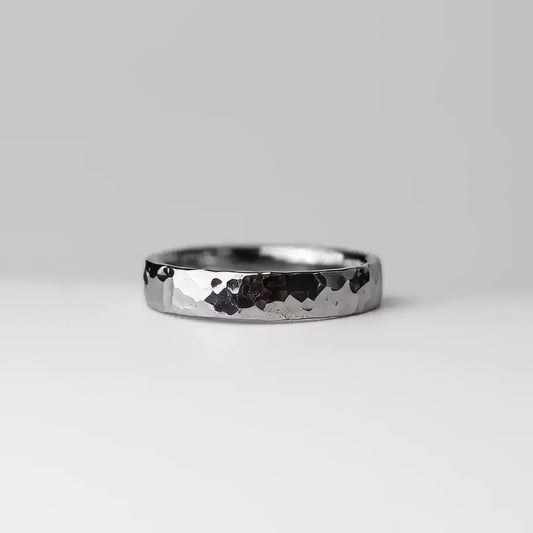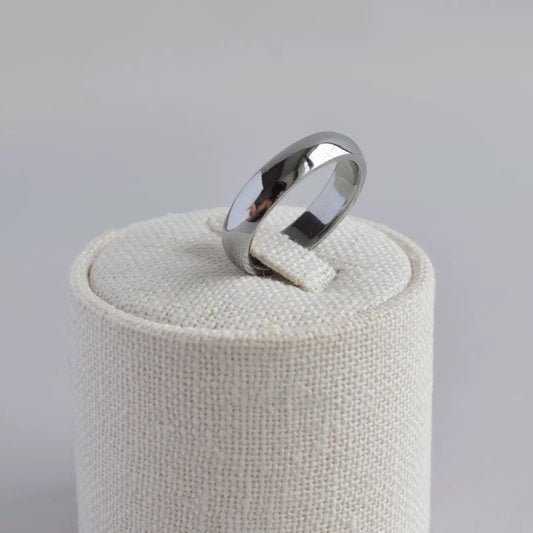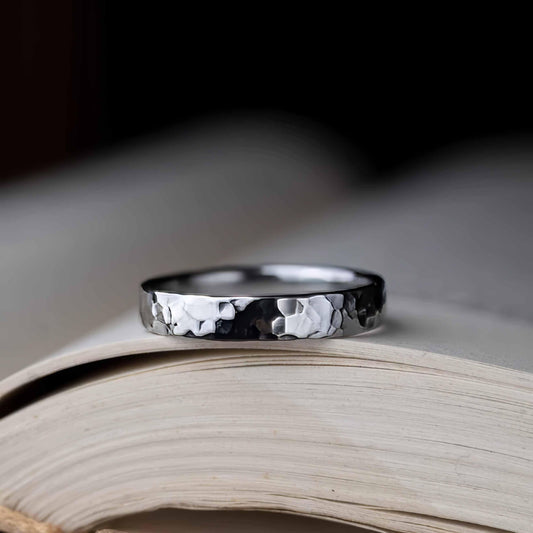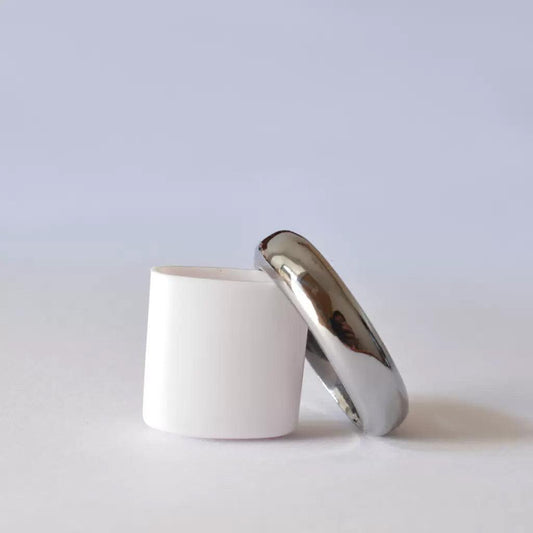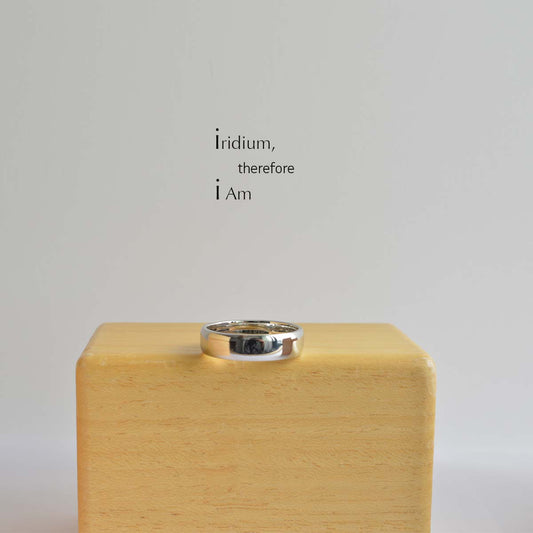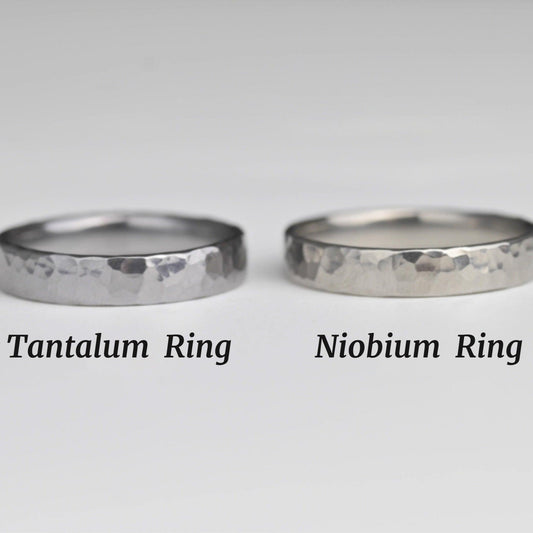Evil Eye Chart A Journey Beyond Mysticism
Evil Eye Chart A Journey Beyond Mysticism
If you've ever strolled through a bustling market abroad, you might have been enchanted by the vibrant blues and intricate designs of the evil eye charms. Maybe you even paused, almost instinctively compelled to pick one up, feeling its weight and texture between your fingers. These talismans are more than just aesthetic trinkets; they are steeped in centuries of cultural significance and mystical intrigue.
My first encounter with the evil eye was purely accidental, during a backpacking trip across Turkey. I remember sipping a strong cup of Turkish tea in a small café in the heart of Istanbul, when a local vendor caught my eye. His stall was a sea of cobalt blue, each charm glistening in the early afternoon sun. Curious, I approached and struck up a conversation. He told me that these talismans, known locally as "nazar", are said to ward off malevolent forces, protecting the wearer from envy and misfortune.
The origins of the evil eye belief can be traced back to Mesopotamia, and it has since permeated multiple cultures, including Greek, Jewish, and Byzantine traditions. The belief itself hinges on the idea that envy can manifest itself as a curse, and the eye's power is to neutralize such negativity. This chart of symbols and interpretations varies widely between cultures, yet the core remains constant—a talisman of protection.
Today, the modern resurgence of these age-old symbols can be seen, not just in traditional jewelry but in contemporary fashion and home decor trends. Fashion influencers and designers alike incorporate these motifs into collections, appreciating their aesthetic appeal and deeper meaning. It seems the western world's fascination with these ancient symbols is a blend of cultural curiosity and a desire for their purported protective qualities.
I remember when my brother, a skeptic of anything remotely mystical, received an evil eye bracelet as a gift. Initially dismissive, he wore it more as a nod to his friend's travels than belief in its power. However, as he recounted later, it became a conversation starter, sparking dialogues about cultural beliefs, art, and even his own brushed-aside superstitions. It's funny how a simple blue charm, once a mere token from a friend's holiday, can provoke such introspection and connectivity.
The allure of the evil eye is not just about the charm itself, but the stories and histories it carries. It's about the connections forged over a shared belief or a thoughtful gift. Whether you're drawn to it for its protective promise or its captivating design, there's something undeniably human about adorning oneself with a piece that embodies centuries of collective consciousness.
If you're curious to explore more about this captivating symbol and its various interpretations, you might find some interesting reads and collections on lovelyrobin.com.
